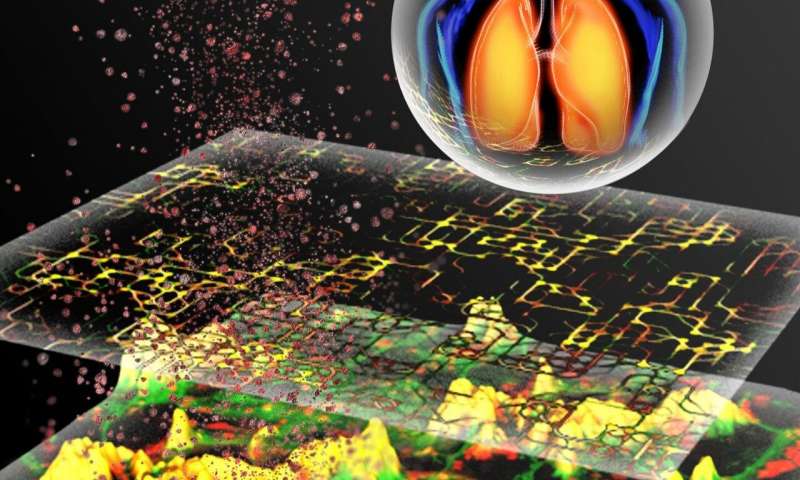Our lungs are exposed to a multitude of hazardous
airborne particles on a daily basis. Nanoparticles, due to their
small size, may reach the sensitive alveolar region of the human
lung and trigger inflammation even after a single inhalation
leading to severe diseases such as heart disease, brain damage and
lung cancer for prolonged exposure. In manufacturing, toxic
nanoparticles may be released into the environment during the
production, processing, degradation or combustion of materials.
Despite advances in models for nanotoxicology, currently neither in
vitro nor in silico testing tools can reliably predict adverse
outcomes or replace in vivo testing. In order to facilitate the
introduction of safer materials into our lives, novel testing
strategies are needed to predict the potential toxicity of
industrial nanoparticles before and during the manufacturing
process.
Animal-free method predicts nanoparticle toxicity for safer
industrial materials



